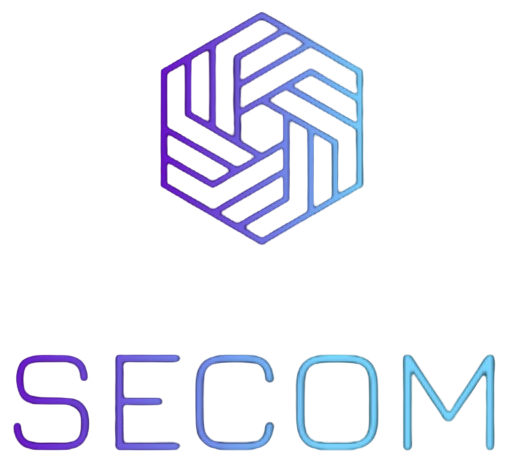Detailed Data Recovery Procedure with Clonezilla
Recovery with Clonezilla involves restoring a system image from the backup that was previously created and stored on an external storage server.
- Prepare the Recovery Environment Boot Clonezilla: First, we need a bootable unit (USB or CD) with Clonezilla Live. To do this, we need to download Clonezilla Live from the official website and burn it to a USB or CD. Once the bootable unit is ready, we must restart the computer and boot from the USB or CD with Clonezilla Live. Select Language and Basic Options: Once Clonezilla is booted, we need to select our language. Then, we select the default options that will allow us to proceed with the backup recovery mode. If it is the first time we use Clonezilla, we can follow the suggested default options.
- Select Recovery Type Recovery Mode: “device-image”: To restore a system image, we must select the “device-image” option. This option will allow us to restore a full system backup from an external storage device. Select Image Source: Image Location Option: We need to specify that the system image is located on an external server or on a storage device like a local partition, USB device, or a remote server (via NFS, SSH, or Samba). If the image is on a remote server, we select the corresponding option and enter our access credentials (e.g., our SSH key or user/password). Select the System Image to Restore: Once we access the directory where the backup image is stored, we need to select the image we want to restore. This will be done using a directory tree interface that will help us navigate to the correct system image.
- Select Destination Disk for Restoration Select the Disk to Restore the Backup: After selecting the image to restore, Clonezilla will prompt us to select the destination disk where the backup will be restored. We must ensure that we select the correct disk because this process will overwrite all the current data on that disk. This is a critical step, as restoring the image to the wrong disk may cause the loss of important data. Confirm Restoration: Clonezilla will show a summary of the selected configuration. We must carefully review the configuration to ensure that everything is correct before proceeding with the restoration. Once confirmed, we select “Yes” to begin the system image restoration.
- Start the Restoration Restore the System Image: Once the restoration is confirmed, Clonezilla will start restoring the system image to the selected disk. The time it will take depends on the size of the image and the speed of the connection between the server and the computer (if it is remote). The process may take from a few minutes to a few hours, depending on the backup size. Verify the Restoration: When Clonezilla completes the restoration, it will display a message indicating that the restoration was successful. After that, we restart the computer and check that the system boots correctly, with all files, applications, and configurations as they were when the backup was created.
- Finish the Restoration Disconnect Clonezilla: Once the restoration is complete and we are sure that the system has been recovered correctly, we can shut down the computer. Remove the Clonezilla USB or CD from the computer to avoid it booting again. Check System Status: Once the computer has restarted, verify that all the data and applications are in place. If it was a full image restoration, the system should be nearly identical to when the backup was made.
